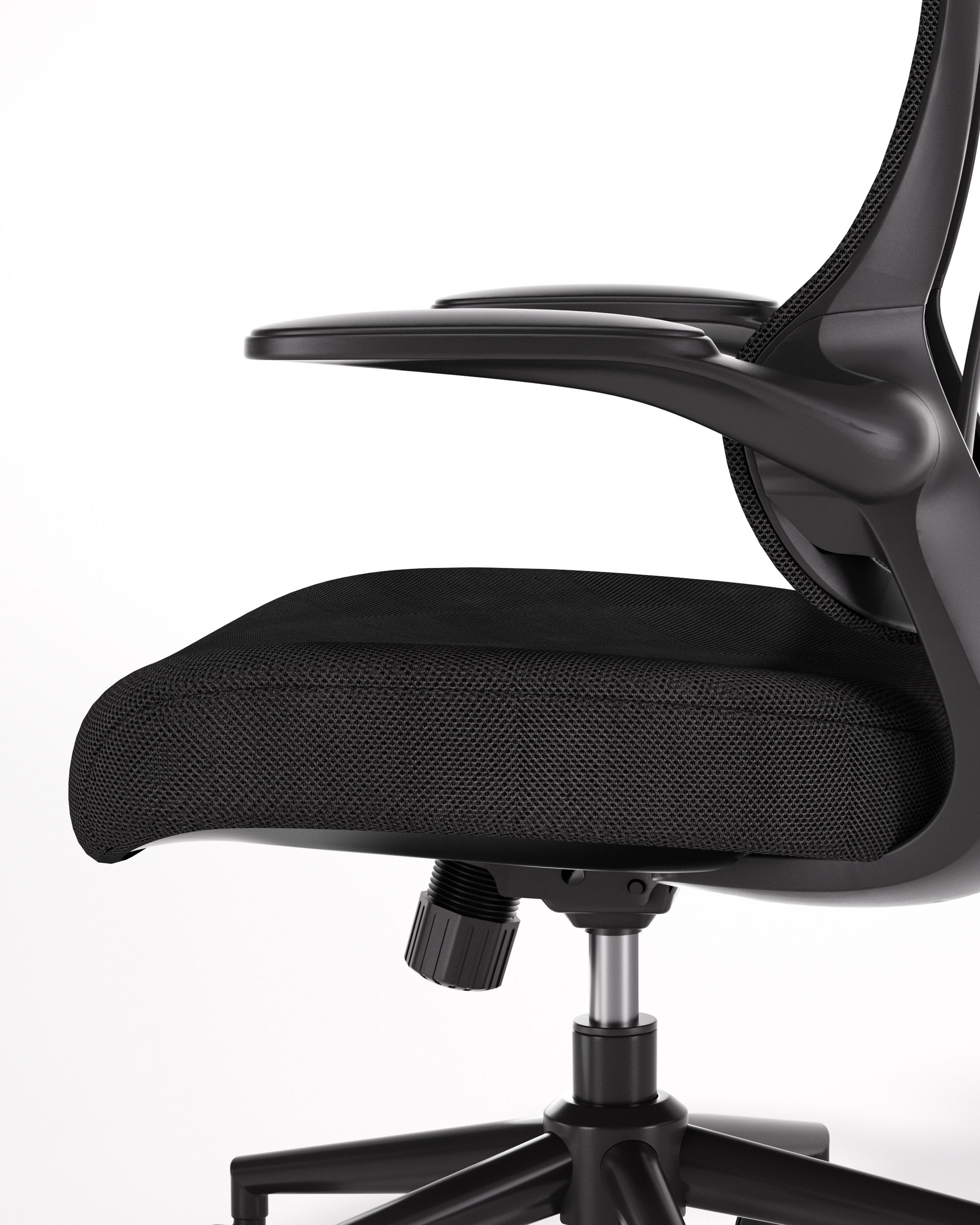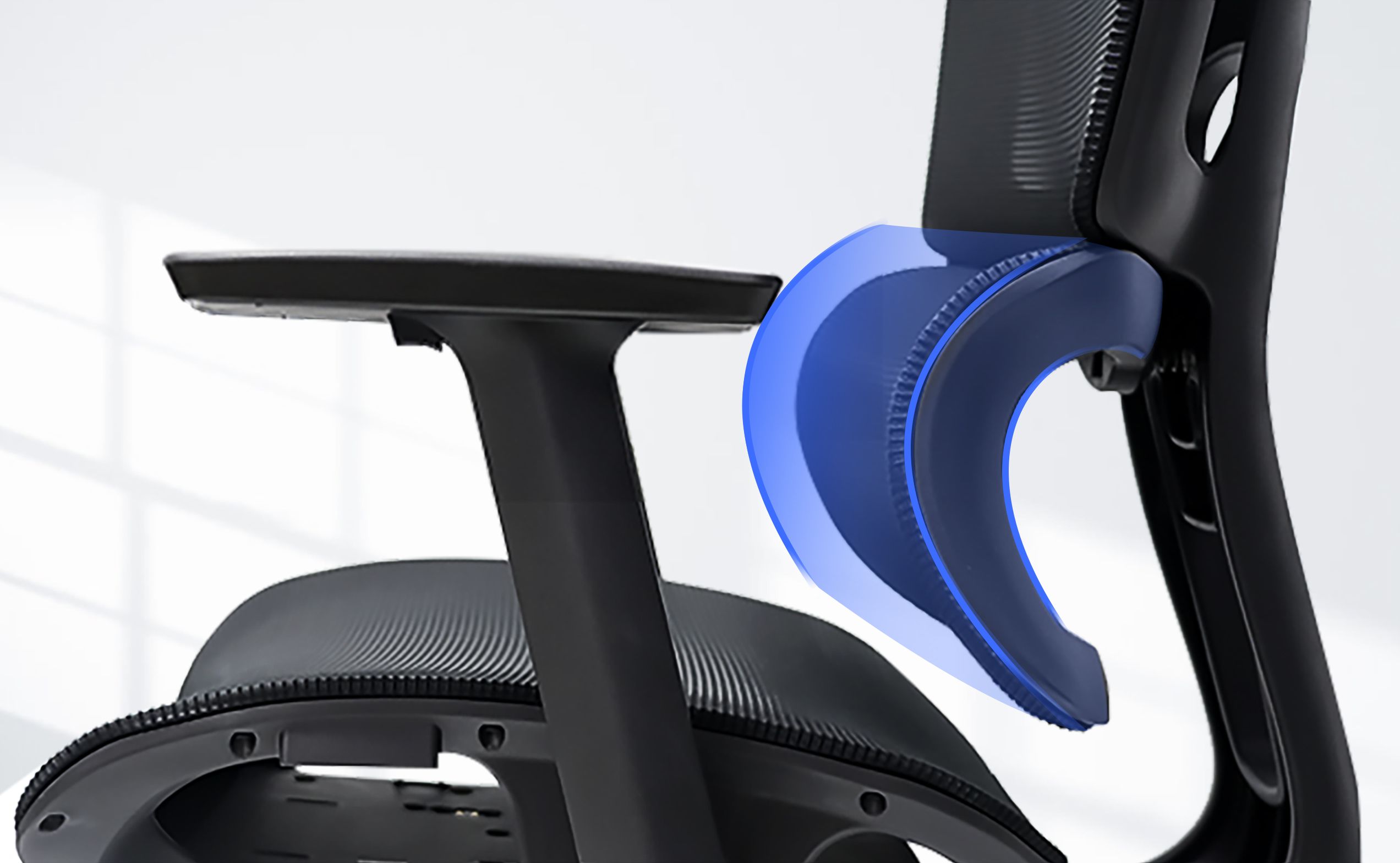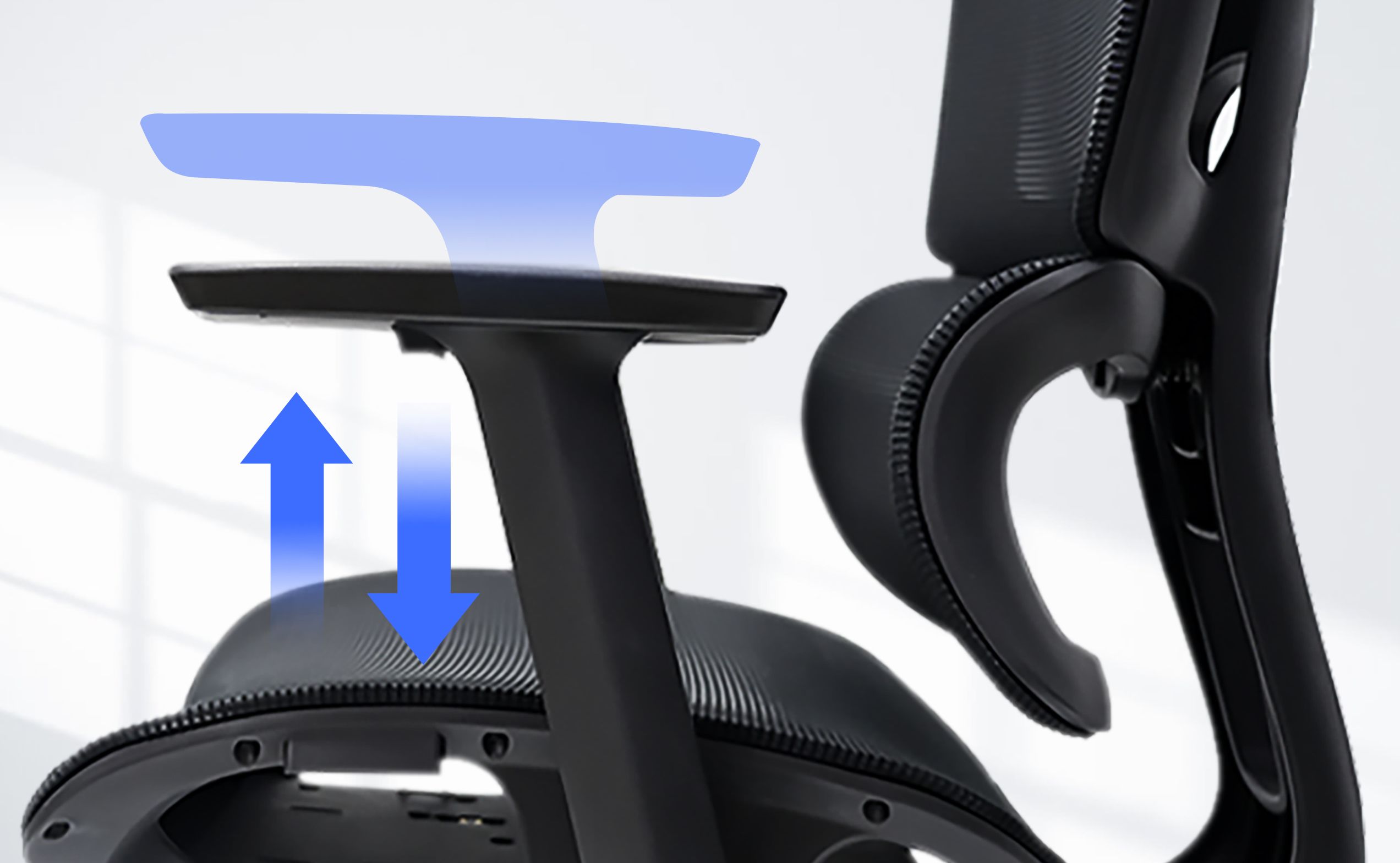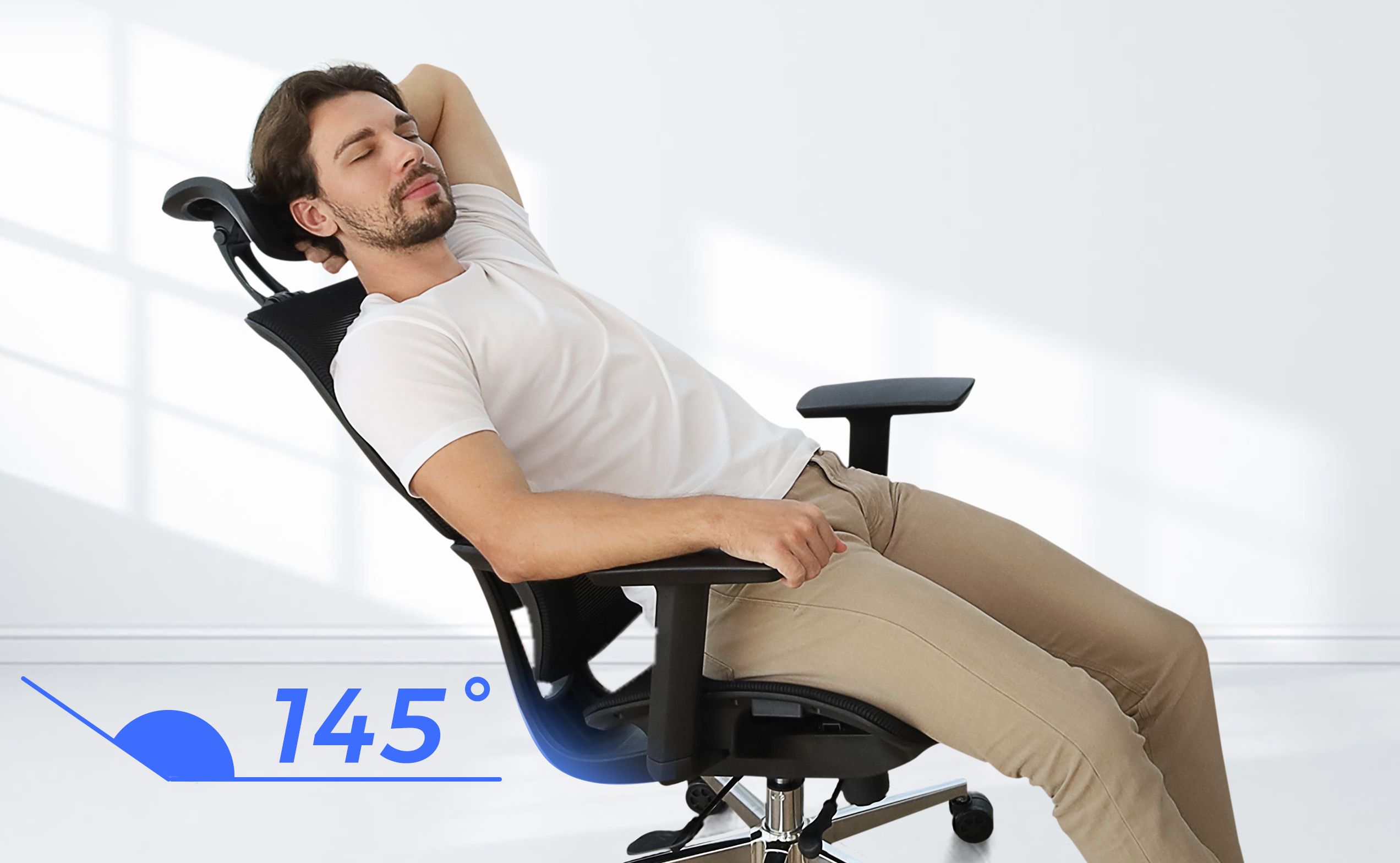In this guide, we explore the meaning of ergonomic furniture and how it can improve your comfort and well-being. The article answers the question, "What do you mean by ergonomic?" by explaining key features like adjustable seat height, lumbar support, and armrests. It also provides tips on selecting the best ergonomic chair for different body types, including options for tall users, small spaces, and budget-conscious buyers. By understanding the importance of ergonomics, you can make informed decisions about your office setup, promoting better posture, reduced pain, and enhanced productivity.
We’ve all been there – sitting for hours at a desk, feeling the strain on our backs, necks, and even wrists. Maybe you've been wondering if there's an answer to these discomforts, something that can actually make your work or study time more comfortable. Well, you’ve probably heard the term “ergonomic furniture” tossed around, but what does it really mean?
In this buyer’s guide, I’ll walk you through the essentials of ergonomic furniture, explain how to spot high-quality, truly supportive pieces, and help you make informed decisions for your home or office setup.
So, whether you’re looking for a computer chair for tall people, a cozy chair for small spaces, or just the best inexpensive computer chair, I’ve got you covered. Let’s get started!
What Do You Mean by Ergonomic? Understanding the Basics
When people talk about ergonomic furniture, they’re usually referring to items designed to optimize comfort and support while reducing strain on your body. But what does that really look like?
What is the Meaning of Ergonomics?
Ergonomics is the science of designing and arranging the workplace or home setup so that people interact with their environment in a way that’s comfortable and minimizes risk of injury. For instance, ergonomic furniture is built to promote better posture, reduce unnecessary stress on your joints, and improve overall well-being while you work or relax.
Why Does It Matter?
You might think a regular office chair is enough, but after long hours, the discomfort piles up, leading to back pain, fatigue, and even long-term health issues. A good ergonomic chair is designed to alleviate these issues by providing essential support to your back, neck, arms, and legs.
Want to make your workspace even better? Check out some affordable ergonomic desk chairs that provide comfort without breaking the bank. These options are perfect for anyone who needs a balance of quality and price!
How to Spot a Truly Supportive Ergonomic Chair?
Knowing the meaning of ergonomics could help you spot a truly supportive ergonomic chair. When it comes to finding the best ergonomic chair for your needs, a few key features make all the difference. Let's break it down so you’ll know exactly what to look for.
Seat Height Adjustment
One of the most important features of an ergonomic chair is its adjustable seat height. Why? Because not everyone is the same height! You want to make sure your feet are flat on the floor, and your knees should be at a 90-degree angle. Chairs that allow for this kind of flexibility make sure you're sitting comfortably, which helps reduce strain on your back.
If you're on the taller side, be sure to look for a computer chair for tall people. These chairs are specifically designed to accommodate longer leg lengths and higher seating positions.

Lumbar Support: A Back Saver
Another huge factor in a good ergonomic chair is lumbar support. This refers to the lower back area where the chair should support the natural curve of your spine. If you’re sitting all day, this becomes even more important because it prevents slouching and reduces the risk of back pain.
You’ll find that most ergonomic chairs have adjustable lumbar support, allowing you to position the chair’s support system exactly where you need it. This feature is especially important if you have a tendency to slouch or experience lower back pain regularly.

Adjustable Armrests
The armrests on your chair should be adjustable as well. They should allow you to rest your arms comfortably without straining your shoulders. Ideally, your arms should be at about a 90-degree angle when typing or working at your desk.
For those in need of a comfortable office chair for small spaces, make sure the armrests are either adjustable or removable so they don’t take up unnecessary space.

Seat Depth and Width
Comfort is key, so look for a chair with a seat that is deep enough to support your thighs, while still leaving some space between the edge of the seat and the back of your knees. If the seat is too shallow, it can cut off circulation, leading to discomfort.

Choosing the Right Ergonomic Chair for Your Space
Not every home or office has the same layout, so let’s explore how to pick the right chair based on your space and size needs.
Best Ergonomic Desk Chair for Small Spaces
If you’re working in a small office or a compact home office, you might be wondering how to find a comfortable chair that doesn’t take up too much room. Luckily, there are ergonomic chairs designed specifically for small frames that offer both comfort and functionality without overcrowding your space.
These chairs usually feature slim profiles, adjustable features to accommodate your needs, and wheels that make them easy to move around. Check out this ergonomic desk chair for small spaces for a stylish yet supportive solution that fits in tight quarters.
Ergonomic Chairs for Big and Tall People
On the other end of the spectrum, if you're on the taller or larger side, it's crucial to have a chair that supports your height and weight. If you’ve ever had to settle for a chair that’s too small for you, you know how painful that can be. Look for chairs with higher backrests, broader seat areas, and adjustable features that cater to your unique needs.
For instance, a computer chair for tall people will have a higher backrest and greater seat depth, ensuring you’re comfortable and supported. Comfort doesn't have to be a luxury – it should be a given, no matter your size.
Are Ergonomic Chairs Really Worth the Investment?
You might be wondering whether all these extra features justify the price tag of ergonomic furniture. Here’s the truth: Yes, they are. The long-term benefits, such as improved posture, reduced back pain, and better productivity, often far outweigh the initial investment.
The good news? You don’t have to break the bank to get a high-quality ergonomic chair. Many options offer great value for money while still providing the support you need. Take a look at some of the best inexpensive computer chairs to find the perfect fit for your needs and budget.
FAQs:
Q1: How do I know if a chair is ergonomic?
A chair is ergonomic if it supports your natural body posture, promotes comfort, and reduces the risk of strain. Look for features like adjustable height, lumbar support, armrests, and a seat that accommodates your body size and shape.
Q2: What is the best ergonomic chair for home offices?
The best chair for your home office will depend on your body type and the space available. For a small home office, consider a chair with adjustable features that won't take up too much room. For a larger person, look for chairs designed specifically for big and tall users.
Q3: How much should I spend on an ergonomic chair?
While ergonomic chairs can be pricey, there are also affordable options that provide excellent comfort and support. The most important thing is to find a chair that fits your body well and meets your specific needs, whether you’re working long hours or just need a chair for occasional use.
Conclusion: Invest in Your Comfort
When it comes to ergonomic furniture, it’s all about making your environment work for you. The right chair can make a world of difference in your productivity and overall health. Whether you’re looking for a comfortable computer chair for tall people, a chair for a small space, or an affordable ergonomic desk chair, taking the time to choose the right one will pay off in the long run.
Take the plunge and start investing in your comfort today. You deserve it!












































